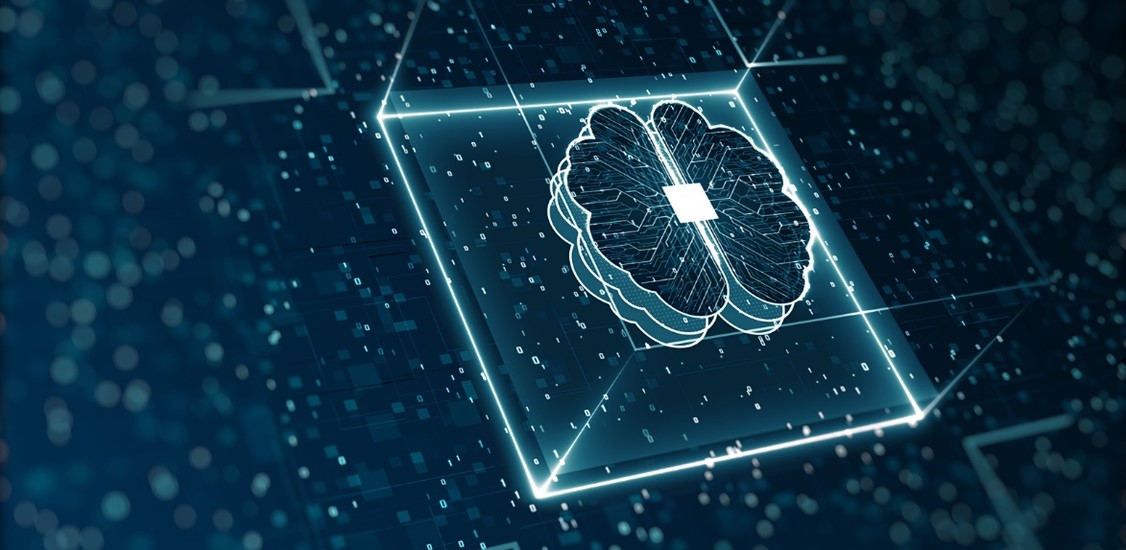The innovations that artificial intelligence (AI) has seen over the last several years have been immense, and 2022 was no different, with continued digital transformation and major contributions being made across verticals –– all in an effort to take the industry to new heights.
While we’ve been discussing, daydreaming about, and writing science fiction plots based on futuristic AI for decades, the use cases that once felt futuristic aren’t very far off after all. In fact, 2023 could be the year we see true AI deployments in our homes, hospitals, college campuses, and strewn throughout our wider communities and cities.
As we head into 2023 – and gaze into our crystal ball – these are the trends and predictions that we expect to shape the year ahead with regard to AI.
#1: AI-powered shopping
If getting through another holiday season has proven anything to me, it’s that I personally don’t enjoy shopping. Don’t judge –– it’s not my strong suit! That said, I’m not the only one who struggles to find the perfect gift for everyone on their list. It can be a challenging and time consuming task, navigating everyone on your shopping list, and selecting something that makes them feel seen (not to mention something they’ll actually use). The good news is, it won’t be long before AI comes to the rescue for people like me.
AI assistants already exist in the world of retail (think: the little bot in the bottom corner of your browser that provides suggestions in the way of best sellers and what’s new), but we will see this reach new levels in coming years. In fact, truly smart online shopping – AI that will have the ability to suggest items that your kids, partner, or parent will love – is right around the corner. These AI-powered systems will have the ability to make unique and personalized recommendations based on the individual(s) you’re shopping for.
Not only will these shopping bots take the headache and logistics out of shopping for any occasion, they will ideally save consumers a few bucks in the process. Especially helpful in our current economic climate, this type of smart shopping assistant will ideally enable consumers to not only find the best gifts, but to find them at the best price available.
All of this feeds into the overarching goal of utilizing automation to simplify our lives. In fact, according to Gartner, by 2025, organizations that offer a unified commerce experience by frictionlessly moving customers through their journeys will see a 20% uplift in total revenue. AI innovation in the shopping sphere will only continue to accelerate as more organizations in the retail space strive to make seamless consumer experiences a reality.
#2: AI-powered advertisements
Continuing along the vein of retail and consumer experience, brands looking to build next-level customer loyalty will lean into AI-powered ads as the way of the future with regard to elevated customer engagements. The targeted ads we’ve all come to know and anticipate on Facebook or Instagram are only the beginning; soon, we’ll see companies bringing their mascots to life, or deploying life-like avatars to engage with us via AI-powered billboards and signage. Regardless of execution, AI will enable advertisers to take their efforts up a notch.
Soon, instead of a person handing out flyers or brands conducting email marketing blasts, consumers can anticipate specific, targeted solicitations as they’re waiting for the streetlight to change, walking to get a cup of coffee, or refueling their car at the gas station. All of this will be made possible via Facial Recognition and for those of us who have ever played an Xbox game, watched a show on Hulu, or ordered anything from Amazon, these daily encounters will not only know how to capture your specific attention, but do so in a way that keeps you engaged and coming back for more.
#3: AI-enabled autonomous transportation
This is something we’ve heard discussed for several years now – the idea of self-driving cars and other autonomous vehicles – but 2023 could be the year we begin to see a lot more real-world tests and implementations around the world. That said, it still might not be the autonomous transportation we’ve been envisioning since Tesla announced the Autopilot back in 2015. Instead, I believe AI will work specifically within use cases such as logistics, or delivery vehicles. Think: Uber or Amazon-like services.
To make this a true possibility though, cities across the globe will need to make thoughtful investments in smart infrastructure. Autonomous vehicles must have the ability to perceive their environment reliably within smart frameworks, utilizing sensors and other smart city devices to do so. Over the last several years, smart cities have been a hot topic among municipalities across the globe; and remain the missing link to truly autonomous transportation. As more and more cities work to deploy next-generation technologies to improve the safety and security of its citizens, so too will follow the AI innovations surrounding transportation.
While we’re still a far way off from achieving Orbit City status (a la, The Jetsons), I do believe that 2023 could be the year in which we’ll see more autonomous vehicles (quite literally) hit the road; but not until the gap between truly smart cities is bridged.
#4: AI-powered edge computing
If one good thing can be said about the pandemic we’ve endured for the last several years, it’s the sheer amount of innovation and digital transformation it has undoubtedly been responsible for. The Internet of Things (IoT) officially integrates with more devices than ever before, providing huge opportunities for the smart city of the future.
Through IoT sensors, trackers, cameras, and utilities, technology can officially provide convenient anywhere, anytime access and analysis of relevant information – in near real time – making it possible to secure and safely manage everything from organizations to entire cities. While the innovations made in the IoT realm thus far have been huge, we’re officially on the precipice of the next stage in innovation –– and it will all come down to edge computing.
Edge computing can be defined as a strategy for computing on location, from precisely where the data is collected, stored, or used. This enables IoT data to be gathered and processed “at the edge,” vs. having to transport it back to the cloud or datacenter to do so. Simply put, edge computing is allowing for more powerful and meaningful methods of analyzing critical IoT data, and in real-time.
This is where AI comes in.
As innovations in edge computing and AI culminate, IoT devices will be able to make on-the-spot decisions to trigger appropriate actions for whatever, wherever –– all without requiring human intervention –– and the smart city use cases are endless. Consider for a moment, this example: someone robs a bank and gets into a blue SUV. IoT devices like smart cameras and sensors will not only be able to capture this information and analyze it at the edge, it will then be able to process the data through AI, make an informed decision on the next course of action, and send a call out to the local police with make, model, and license plate information. The integration of AI and edge computing will lend to safer communities overall; something I’m eager to see as we head into the new year.
As the world continues to evolve, and our needs fluctuate, so too does the AI space. Insights we’ve gleaned over the course of 2022 have set us up for a prosperous 2023 regarding continued AI innovations, and we’re excited to see what exciting new developments lie ahead.






















